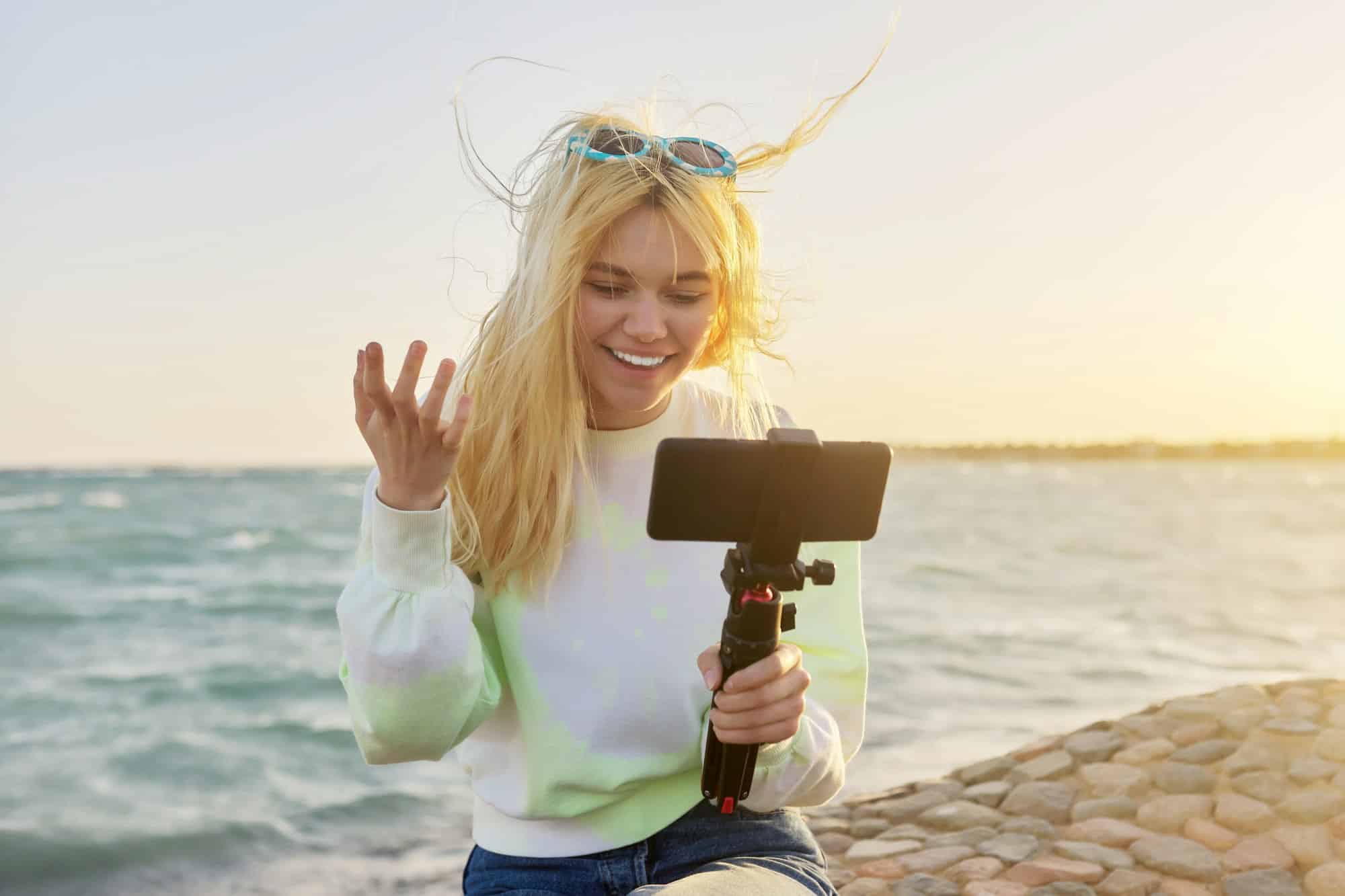How Can UK Estate Agents Use Video Tours to Enhance Online Listings?

As the digital age continues its rapid advancement, more and more sectors are transitioning to online platforms, including the real estate industry. The current pandemic situation has only accelerated this shift. In this context, it is crucial for estate agents to make the most of the latest technological advancements available to them. One such innovation is video tours, which can provide buyers with a virtual experience of a property while they are viewing online listings.
Enhance Online Listings With Video Tours
Video tours have become an essential tool for estate agents in recent times. They are primarily used to enhance the online listings of properties, giving potential buyers an in-depth look at the property without needing to physically visit it.
Lire également : How Should UK Fast Food Chains Implement Digital Coupons to Boost Sales?
The benefits of video tours for buyers are clear: they can save time and effort by getting a good sense of what a property has to offer before deciding to view it in person. In fact, video tours can often provide a more comprehensive view of properties than traditional photos, as they can cover everything from the overall layout to the finer details of individual rooms.
For estate agents, video tours can help increase the visibility of their listings, attract more potential buyers, and ultimately lead to quicker sales. They can also save agents a significant amount of time by reducing the number of in-person viewings they need to conduct, as buyers can quickly and easily view properties online.
A découvrir également : Elevate your video interview background: tips for success
Creating the Best Video Tours
To create a compelling video tour, estate agents need to consider a number of different factors. Firstly, the video should be professionally shot and edited, as this can greatly enhance the viewer's experience. A shaky, poorly lit video is likely to do more harm than good when it comes to attracting potential buyers.
Next, it's important to plan the tour in advance. Think about what features of the property you want to highlight and in what order you want to show them. Make sure to include all the key areas of the property, such as the kitchen, bedrooms, and garden. Additionally, focus on unique features that make the property stand out, such as a newly renovated kitchen or a stunning view.
Finally, keep the video concise and engaging. The aim of a video tour is to give viewers a comprehensive overview of the property in a short amount of time. Therefore, try to keep the video under five minutes in length.
Making Video Tours Accessible
Accessibility is a key aspect of video tours that estate agents must consider. Potential buyers should be able to easily access and navigate through the tour at their own pace and in their own time.
To facilitate this, the video tours should be prominently displayed on the online listing, and should be compatible with a range of devices, including desktops, laptops, tablets, and smartphones. Furthermore, there should be clear instructions on how to use the video tour, and options for viewers to pause, rewind, and fast-forward through the tour.
In addition to this, consider adding captions or a voiceover to the video tour to provide further information about the property and its features. This can enhance the viewing experience for potential buyers, especially those who may have hearing impairments or whose first language is not English.
Using Video Tours to Engage Potential Buyers
Video tours are not just a tool for showcasing properties - they can also be used as a powerful tool for engaging potential buyers. By providing an immersive, virtual experience of a property, video tours can help to create a personal connection between the buyer and the property, even before they step foot in it.
To enhance this sense of connection, estate agents can use techniques such as storytelling in their video tours. For example, rather than just showing the rooms in a house, they could tell a story about how a family could live and grow in the space. This can help viewers to visualise themselves in the property, and increase the likelihood of them wanting to arrange a viewing or make an offer.
In conclusion, video tours offer a wealth of opportunities for estate agents to enhance their online listings and engage with potential buyers in a more meaningful and effective way. By investing in high-quality video tours, agents can not only showcase their properties in the best light, but also provide a better service to their clients and gain a competitive edge in the increasingly digital world of real estate.
Utilising Social Media for Video Tour Promotions
Social media platforms have become a powerful tool for estate agents to reach a wider audience and generate more interest in their property listings. Alongside traditional online listing sites, estate agents can leverage social media to promote their property video tours, using it as a platform to engage with potential buyers and broaden their client base.
A strong social media strategy can greatly extend the reach of video tours. By posting video tours on platforms such as Facebook, Instagram, Twitter, and LinkedIn, estate agents can tap into huge networks of potential buyers. Social media not only offers a platform for estate agents to showcase their properties but also allows for potential buyers to share these tours within their own networks, potentially leading to greater interest and quicker sales.
Estate agents should aim to create engaging, shareable content. This could include a sneak peek of the property, behind-the-scenes footage of the property, or even interviews with current owners. The key is to create content that generates engagement and encourages viewers to share the video within their own networks.
Additionally, utilising paid social media advertising can further extend the reach of the property video. By targeting specific demographics and locations, estate agents can ensure their property is reaching those most likely to be interested.
Interactive Floor Plans and Immersive Viewing Experience
One innovative approach to enhance a virtual tour is by integrating interactive floor plans into the video. This feature allows potential buyers to gain a full understanding of the property's layout and the relationship between different rooms and spaces.
In an interactive floor plan, viewers can click on different rooms to view them in detail. This gives them more control over their viewing experience and allows them to focus on the parts of the property that interest them most.
To create an immersive experience, estate agents can consider adding 360-degree images or videos to their property tours. This allows viewers to explore each room in detail, giving them a sense of actually being in the property. This level of immersion can help potential buyers to connect with the property on a deeper level, making them more likely to arrange a physical viewing or make an offer.
In addition, features such as virtual reality (VR) compatibility can take this immersive experience to the next level, allowing potential buyers to virtually "walk through" the property using VR headsets. While this may require a higher initial investment, it can significantly enhance the viewing experience and set the estate agent apart from competitors.
Conclusion
In the fast-paced digital age, estate agents in the UK should not underestimate the power of video tours to enhance their online property listings. From leveraging social media to implementing interactive floor plans, there are numerous ways to maximise the effectiveness of video tours.
Additionally, by creating a high-quality, immersive viewing experience, estate agents can engage potential buyers on a deeper level, helping to build a connection between the viewer and the property. This not only increases the likelihood of a sale but also enhances the reputation of the estate agency, demonstrating their commitment to providing an excellent service to their clients.
Embracing these latest technological developments in the real estate industry is not just about keeping up with the times, but about leveraging these tools to provide a superior service to clients and achieve a competitive edge in the market. In conclusion, video tours are not just a nice-to-have feature, but a must-have tool for any forward-thinking estate agent.
